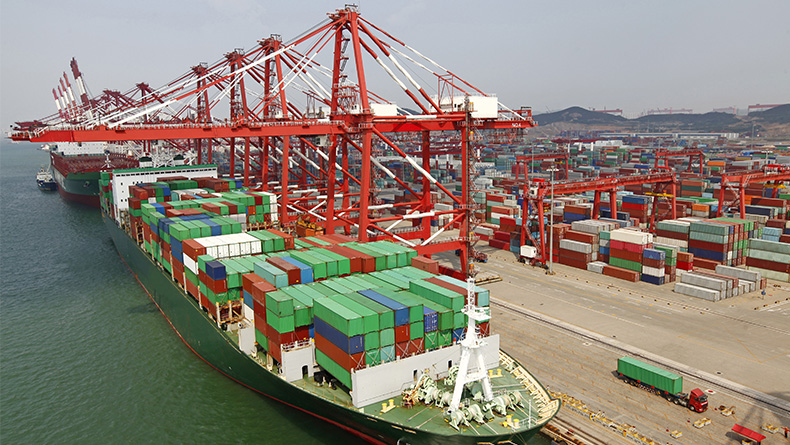
Mauritania’s main exported goods
Mauritania’s economy is heavily reliant on its natural resources, and its primary exports include minerals, fish, and iron ore. These exports are crucial to the country’s economy, as they generate the majority of its revenue and help maintain its trade balance. Below is an overview of Mauritania’s main exported goods:
1. Iron Ore
Iron ore is Mauritania’s largest export product, contributing significantly to the nation’s economy. The country is home to vast reserves of iron ore, primarily located in the Zouérate region. The Société Nationale Industrielle et Minière (SNIM), a state-owned company, plays a dominant role in mining and exporting iron ore. Countries such as China, Germany, and France are major importers of Mauritania’s iron ore, which is used primarily in the steel manufacturing industry.
2. Gold
Mauritania has become an important player in gold production, thanks to its significant deposits found in the Tasiast mine, which is operated by Kinross Gold Corporation. Gold has risen to become one of Mauritania’s most valuable exports, contributing significantly to foreign exchange earnings. Exported primarily to global markets, gold mining has attracted substantial foreign investment and contributed to job creation.
3. Fish and Seafood
The fishing sector is another cornerstone of Mauritania’s export economy. With its extensive coastline along the Atlantic Ocean, Mauritania has rich fishing grounds that yield high-quality fish and seafood products. Exported goods include fish such as octopus, squid, and sardines. The European Union, Japan, and other Asian markets are key destinations for these exports. Sustainable management of marine resources has been a growing concern, given the importance of fisheries to the local economy.
4. Copper
Mauritania has developed a strong copper mining industry, with exports forming a substantial part of its revenue base. The Guelb Moghrein mine is a notable source of copper, producing both copper concentrate and gold as a by-product. The metal is exported primarily to Europe and Asia, where it is used in electronics, construction, and other industries.
5. Petroleum and Natural Gas
Although still a developing sector, petroleum and natural gas exports have begun to make a mark on Mauritania’s economy. Offshore fields such as the Banda and Grand Tortue Ahmeyim (shared with Senegal) are expected to boost the country’s revenue as production scales up. Exports of crude oil and liquefied natural gas (LNG) are likely to grow in importance over the next decade.
6. Other Minerals
Mauritania also exports a range of other minerals, including gypsum and phosphate. These are relatively smaller contributors compared to iron ore and gold but are significant for diversifying the country’s export portfolio.
7. Livestock
Livestock exports, though less prominent, form a part of the trade economy. Camels, sheep, and goats are often exported to neighboring countries, including Senegal and Mali.
Conclusion
Mauritania’s export economy is heavily reliant on its abundant natural resources, particularly iron ore, gold, and seafood. These sectors have attracted foreign investment and have been instrumental in driving economic growth. However, the country faces challenges such as fluctuating global commodity prices and the need for sustainable resource management. Diversification of the economy and value addition in its export sectors are key to ensuring long-term economic stability.



Leave a Reply